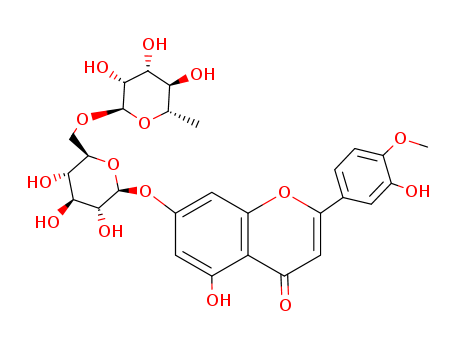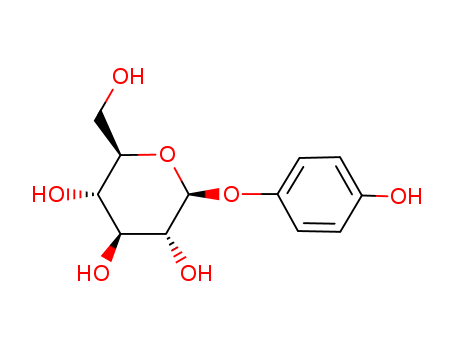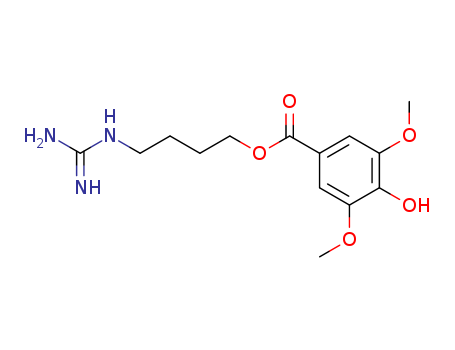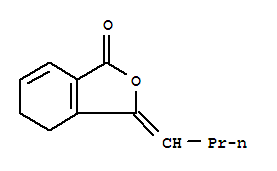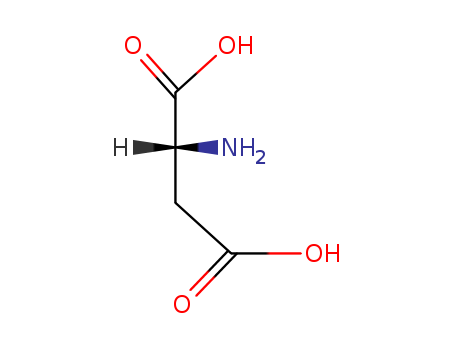Quick Details
- ProName: Phlorizin
- CasNo: 60-81-1
- Molecular Formula: C21H24O10
- Appearance: Light yellow acicular crystal
- PackAge: 25kg/drum
- Purity: 60-98%
- LimitNum: 1 Kilogram
Superiority
Phlorizin is naturally occurring in some plants. It could be found in the bark of pear (Pyrus communis), apple, cherry and other fruit trees (Rosaceae…
Details
Phlorizin is naturally occurring in some plants. It could be found in the bark of pear (Pyrus communis), apple, cherry and other fruit trees (Rosaceae) and is responsible for the petal color in Dianthus caryophyllus.
Phlorizin is a white to yellow crystalline solid with a melting point of 106–109 °C. It is of sweet taste and contains four molecules of water in the crystal. Above 200 °C, it decomposes. It is poorly soluble in ether and cold water, but soluble in ethanol and hot water. Upon prolonged exposure to aqueous solutions phlorizin hydrolyzes to phloretin and glucose.
Phlorizin is a competitive inhibitor of SGLT1 and SGLT2; this reduces renal glucose transport, lowering the amount of glucose in the blood. Phlorizin was studied as a potential pharmaceutical treatment for type II diabetes, but has since been superseded by more selective and more promising synthetic analogs, such as canagliflozin and dapagliflozin.





